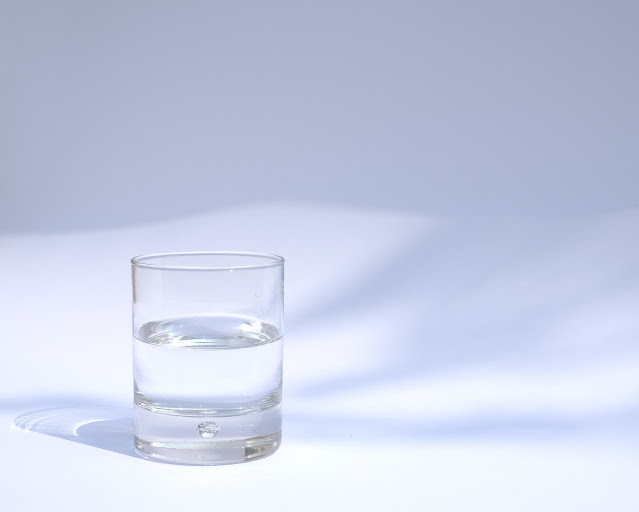Total Dissolved Solids (TDS) are a measurement of compounds like minerals, salts, and organic compounds that are dissolved into the water through contact with rock and other surfaces. TDS can be made up of several different types of compounds (including but not limited to): calcium, magnesium, iron, sodium chloride and sulphides (which are compounds frequently found in groundwater supplies). Increased levels of TDS (total dissolved solids) may affect the taste and appearance of your water.
Why Should You Measure TDS?
Measuring water TDS levels is the best way to understand the quality of your drinking water. Total Dissolved Solids are organic and non-organic sediments found in water, which contribute to a difference in the taste, odour, and appearance of water. Dissolved solids enter your water supply from a wide range of sources — old piping, run-off from road salts, pesticides, fertilizers, and more. Watch the video to find out more.
TDS is tested in water through special meters that detect particles. A ZeroWater® TDS meter will show the number of solid particles per one million water particles (ppm). For example, a value of 60 ppm means that from one million particles there are 60 dissolved ions, and the rest (999,940) are water molecules. 5-Stage water filters by ZeroWater® remove 99.6% of total dissolved solids in your drinking water. See what Zerowater removes here.

We decided to test our water and see how much difference the Zerowater filter made.
My willing assistant selected two identical clean glasses and filled one with tap water from our kitchen tap. The second glass was filled with water from our Zerowater filter (GIFTED).
Our first reading of basic tap water came in at a shocking 237 which is categorised as having a high contaminant rate. (We are in Hertfordshire in the UK)
The TDS reading from the Zerowater filter was, as promised, 000 which apparently meets the FDA definition of purified bottled water.
Upgrade to Zerowater.co.uk today. Prices start from just £24.99





